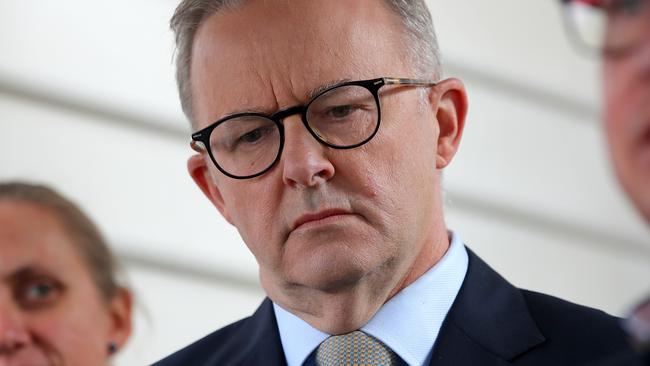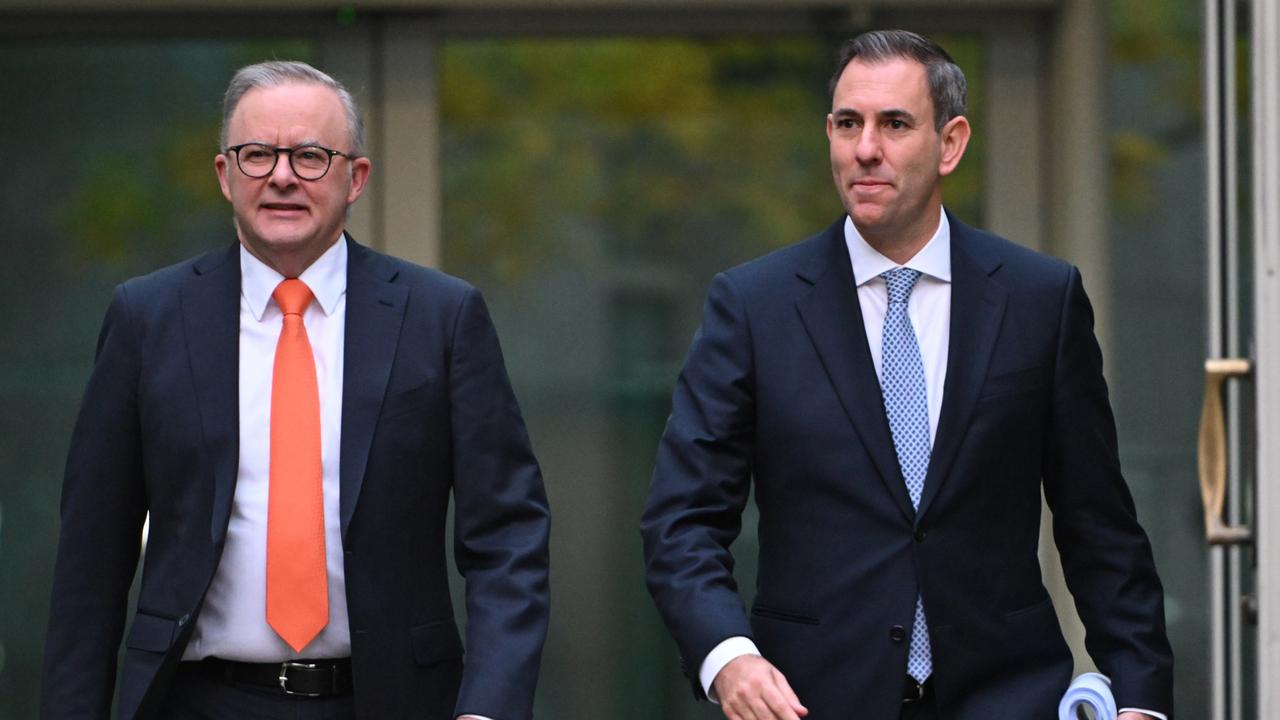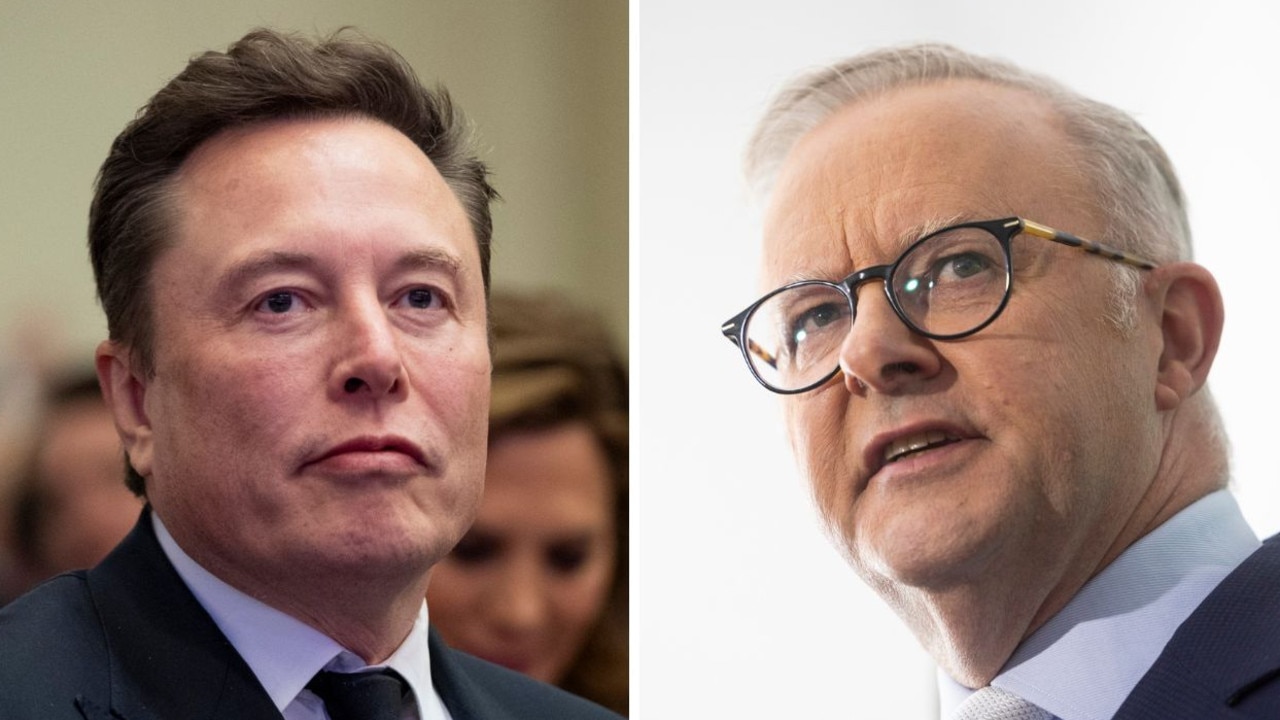Australians have changed federal government only seven times in 80 years
Australians have changed the government only seven times in nearly 80 years. That’s potentially bad news for Labor leader Anthony Albanese, but the numbers are still tight, and Queensland voters will be instrumental in deciding who governs after May 21, writes Paul Williams.

Analysis
Don't miss out on the headlines from Analysis. Followed categories will be added to My News.
Australians are a conservative people. We have changed our national government just seven times since the end of World War II, nearly 80 years ago.
That’s good news for a Coalition that, first elected in 2013, now seeks a fourth term. It’s also grim news for a Labor Party that, in holding national office for just 22 of the past 72 years, has formed government from opposition just three times since 1945.
And Anthony Albanese’s stumble this week in being unable to identify Australia’s unemployment and Reserve Bank cash rates will make a fourth victory that much harder.
In that sense, Australian elections usually confirm federal governments in power and rarely change them. In short, Australians need a good reason to dump a government and install a potentially untested opposition.
In 1949, the Liberals’ Bob Menzies gave Australians that reason when he promised to end petrol rationing and keep the banks in private hands. In 1972, Labor’s Gough Whitlam similarly came to office on a pledge to modernise a tired Australia that, after 23 years of Coalition rule, suffered creaking health, education and legal systems.

The Liberals’ Malcolm Fraser then won office in 1975 on a pledge to better manage Australia’s flailing economy, and Labor’s Bob Hawke won in 1983 on a promise to deliver fairness in health and industrial relations.
It took the Coalition 13 years to win again under Liberal John Howard who promised a “relaxed and comfortable” Australia for voters weary of economic reform. Only a “Howard-lite” Kevin Rudd could beat Howard after Labor promised, in 2007, to end WorkChoices.
But waves of asylum seekers and a revolving door of leaders saw Australians dump Labor after six years and install the Liberals’ Tony Abbott, despite his own unpopularity, in 2013.
Two question therefore remain – Does a majority of Australia’s 17 million enrolled voters have a good reason to make that rare change of government? And are enough Queenslanders willing to swing to Labor to give Albanese victory?
The Coalition, holding 76 of the House of Representatives’ 151 seats, would fall into minority government with the loss of just one seat. While the Liberals will pick up Hughes in NSW from defector Craig Kelly, the party has already lost a seat after Stirling, in Western Australia, was abolished.

By contrast, Labor holds just 68 seats, but given the new Victorian seat of Hawke favours Labor, the Opposition goes into this campaign with 69 in the bag. That means Albanese needs just seven more to take office.
But where do Australians’ political loyalties lie? According to the 2019 Australian Election Study, 30 per cent of Australians are “rusted on” Labor voters, with 32 per cent similarly wedded to the Coalition. Nine per cent consider themselves Greens folk, and 8 per cent committed to “others”.
That means 21 per cent of Australians – or 3.6 million voters – have no electoral loyalty and will park their vote with the party offering the best economic deal for their families.
In 2019, Morrison’s Coalition won 1.2 million more primary votes than Bill Shorten’s allegedly high-taxing Labor party for precisely that reason. If Albanese can convince just 600,000 of those voters that he now offers a better deal than the Coalition, he will win the keys to The Lodge.
But that’s a bigger task than it seems. Indeed, the polls have already tightened as this week’s Newspoll reveals a drop of 37 points in Labor’s primary vote – the party’s lowest since October. Yet the Coalition is still locked at 36 per cent for an after-preference split of 53 to 47 per cent in Labor’s favour. That’s a 4.5 per swing that would yield 10 extra seats, and majority government, for Albanese.
But Morrison is again preferred prime minister, with 44 per cent support to Albanese’s 39.
So, the question remains of whether 600,000 swinging voters have reason to change their ballot. If this campaign becomes a referendum on cost of living and the qualities we want in a prime minister, the fact prices are the fastest growing in 20 years (under a PM accused by his own side of duplicity) suggests a mood for change.
Worse, Morrison may have blundered in opting for an unnecessarily long six-week campaign. By forcing weary Australians to endure 41 campaign days instead of the usual 33, swinging voters not in the mood for change today could well be by May 21.
Is Queensland in that mood for change? Anecdotally, not as much as interstate voters. The Sunshine State may again save Morrison, but those odds are increasingly slim.
Paul Williams is an Associate Professor at Griffith University.
Originally published as Australians have changed federal government only seven times in 80 years


